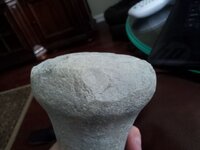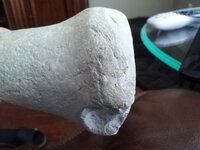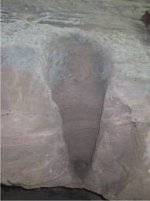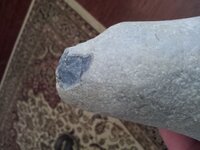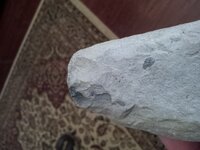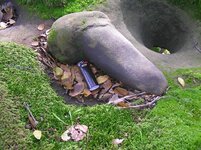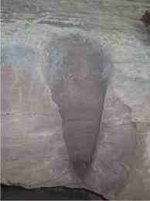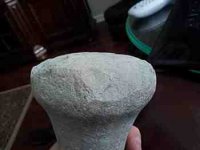RedCardHack
Full Member
- Oct 2, 2012
- 227
- 248
- Detector(s) used
- XP Deus, Garrett Ace 350
Garrett Pro Pinpointer
- Primary Interest:
- All Treasure Hunting
I found this while they were digging the foundation for my house, a landscaper friend of mine said it was a corn grinder and has found many of them in the area. What do the experts think.
It measures 5" high and tapers to 4" wide at the bottom. The damage was how I found it and the area is mainly farmland. Thanks for helping, RCH.
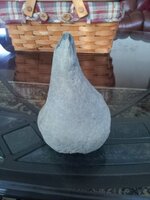
It measures 5" high and tapers to 4" wide at the bottom. The damage was how I found it and the area is mainly farmland. Thanks for helping, RCH.

Last edited:
Upvote
0


